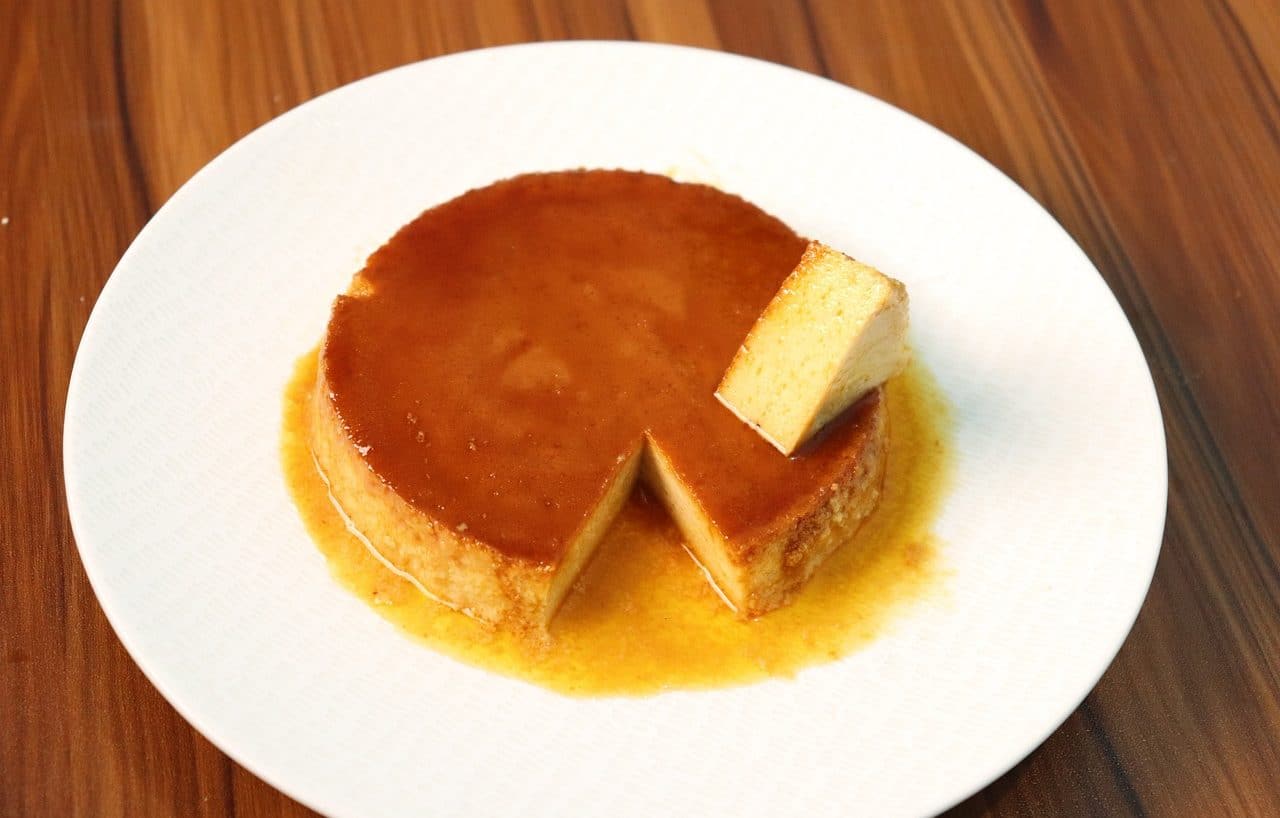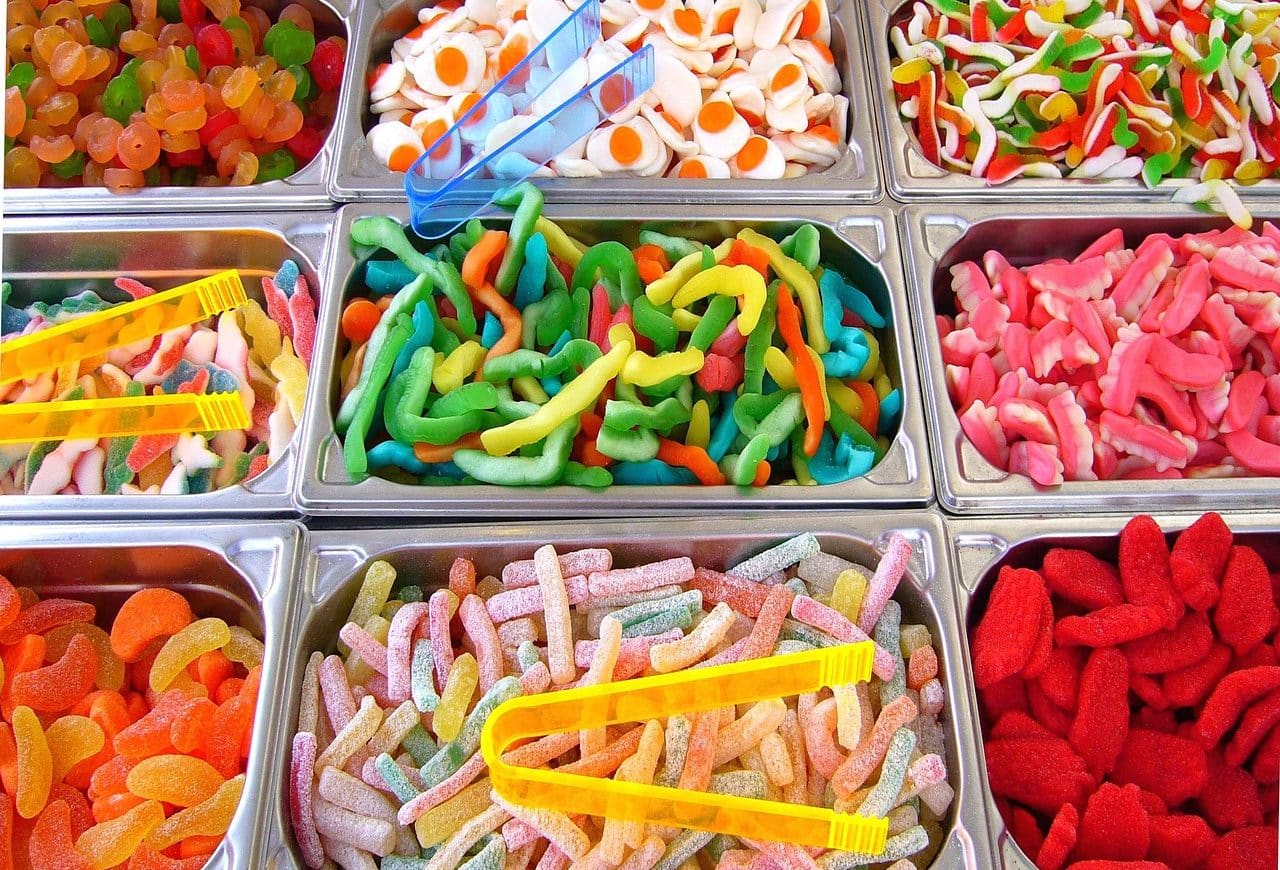
The flan is usually coated with caramel.
Caramel is a preparation obtained by melting sugar . Cooking sugar causes, in the first instance, that substance to become liquid ; Then, if cooled, the caramel solidifies .
In pastry
Typically, caramel is used to make pastry products and desserts . Its sweet flavor and aroma are very pleasant for most people.
When water is added to the sugar that is brought to the fire, syrup is obtained. Both caramel and syrup are used in numerous recipes.
Take the case of flan . This dessert is made by mixing egg; milk flavored with lemon peel, cinnamon or vanilla essence; and sugar. This mixture is poured into a mold coated with caramel and then must be cooked in a bain-marie. Once the mixture has set, the mold is inverted so that the caramel falls and covers the flan.
The candy
Candy is also called a candy that is made with melted and solidified sugar . Generally, this product, in addition to candy, includes fruit essences or other ingredients that give it aroma and flavor.
As a candy, candy is usually small in size, so it can be eaten in one bite. Although children are the largest consumers of candy, many adults also enjoy them. The main difference between the products offered to these two audiences is usually the flavor and ingredients : while children's candies are usually sweet, the others can be bitter or sour, or include alcohol in their recipe.
Depending on the brand , they can be marketed in different colors and flavors, include gifts or promotions, and be part of a package. As with many other industrial products, some candies gain such popularity that they become a trend: everyone wants to try them. This can happen for a variety of reasons, but is usually short-lived unless public interest is renewed with other incentives.
Candy contains few nutrients, can contribute to increasing cholesterol and weight gain, and promotes the development of the oral disease known as cavities . That is why doctors recommend that its consumption be moderate.
Origins
The origins of candy as a candy date back to ancient Persia, where honey and fruits were used to create sweets. Over time, this practice spread throughout the world and evolved to give rise to the candies we know today.
In Europe, during the Middle Ages , sweets were considered a luxury and were reserved for the wealthiest classes. However, with the arrival of the Industrial Revolution and the mass production of sugar , candies became popular and became a candy accessible to everyone.

Candies are very popular sweets.
One of the most important milestones in the history of candy was the invention of the candy machine by the American Thomas Adams in 1871 , which opened the doors to more efficient, large-scale production, and further boosted its consumption. In addition to their use as a candy, candies have been used for medicinal purposes. In the 19th century , peppermint was considered a remedy for stomach pain and nausea. Today, there are varieties to relieve sore throat and cough.
Throughout the 20th century , candies have evolved in terms of flavors, shapes and textures. They have been created hard, soft, chewy, sour, sweet, fruit flavored, mint, coffee and many others. They have also been developed without sugar for those who want to enjoy them without worrying about their dental health. Today, candies remain a very popular treat around the world and their variety continues to surprise children and adults alike.
